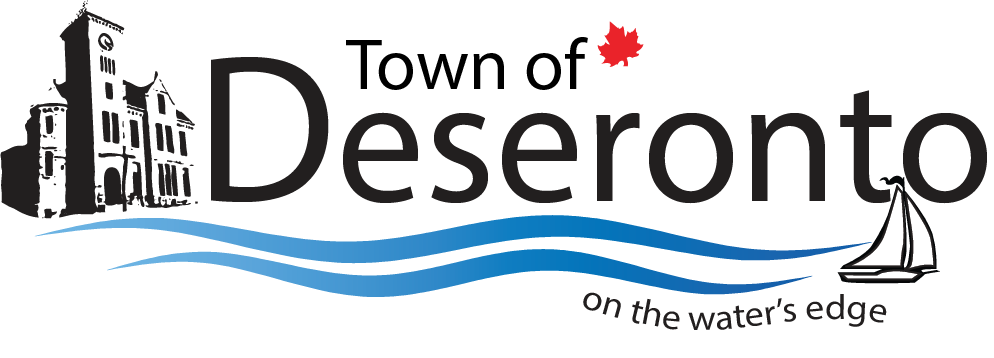Issued:
August 28, 2020
Quinte Conservation owns just over 30,000 acres of land throughout the 6,000 km2 watershed. Some of those properties are conservation areas that are open for public use and collectively make up 75 km of nature trails. Over the last few months, these protected places have faced many challenges with non-permitted activities, overuse, and overall general disrespect of the integrity of the areas.
Visitors to conservation areas should be aware of non-permitted activities before entering and those include no camping and/or fires, no garbage dumping, no off-leash dogs, no alcohol or drug use, and no motorized vehicles on trails.
CAO Brad McNevin Says, "We receive reports every day about the mistreatment of these beautiful areas. We have four field staff to service our properties and if all they are doing is picking up garbage and decommissioning fire pits all day, then the projects they need to be doing can't be completed."
Quinte Conservation receives funding through a variety of avenues, however the largest amount comes from municipal funding and it is used for mandated programs like flood forecasting. The Authority relies heavily on donations, grants, and the paid parking program to support the conservation areas and does not have the resources to handle these challenges.
McNevin continues, "We are pleading with visitors to be respectful of these areas. We don't have the resources to keep up with this behaviour and if it continues, more of these places may face temporary closure."
Starting September 1st, paid parking will begin again at Quinte Conservation's areas.
McNevin adds, "We were happy to give visitors an opportunity to spend time in nature during this pandemic, but with everything that has been going on, the time has come to reinstate the parking fee."
At this time, Quinte Conservation staff would like to acknowledge all of the trail stewards, neighbours, and area users who have upheld the standards and taken it upon themselves to clean up after other visitors who have shown little appreciation for these outdoor spaces.
"We are so thankful to those that have taken time out of their day to keep us informed and those that have put their own safety at risk picking up a strangers trash during a world-wide pandemic so that the next visitor doesn't have to," says McNevin.
Conservation lands were established with the purpose of protecting the natural ecology and the overall health of our watersheds. Lands that had potential for recreational activities like hiking, birdwatching, and, picnicking are known as conservation areas. These lands are privately owned by conservation authorities throughout Ontario and activities, amenities, and use vary depending on the region.
Quinte Conservation's areas are open for public use every day (unless posted) from sunrise to sunset. These natural spaces are not parks and shouldn't be considered as such. Non-permitted activities can have a serious impact on plants and wildlife and can be detrimental to rare and endangered species. Visitors are asked to stay on marked trails and keep dogs leashed, take out garbage brought in, and follow leave no trace principles. These non-permitted activities are chargeable offences under Section 29 of the Conservation Authorities Act. Those in violation of the Act may be subject to a fine.
Quinte Conservation is a community-based environmental protection agency. It serves 18 municipalities in the watersheds of the Moira, Napanee and Salmon Rivers and Prince Edward County. It provides cost-effective environmental expertise and leadership. Quinte Conservation's main goal is to create a sustainable ecosystem where people and nature live in harmony. More information about Quinte Conservation is available at www.quinteconservation.ca.
-30-
For more information contact:
Kirsten Geisler, Communications Specialist
(613) 968-3434 ext. 123 OR (613) 354-3312 ext. 123

